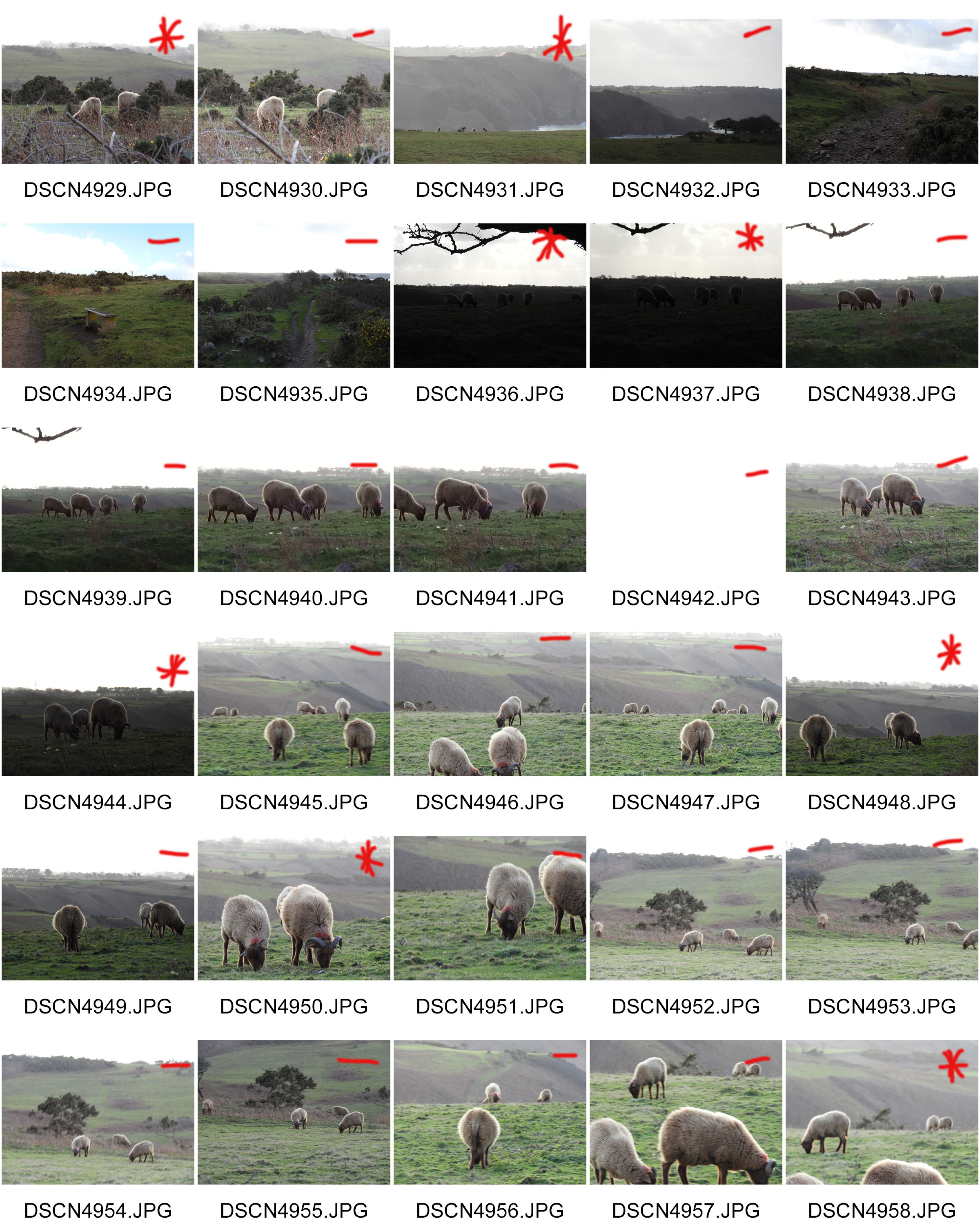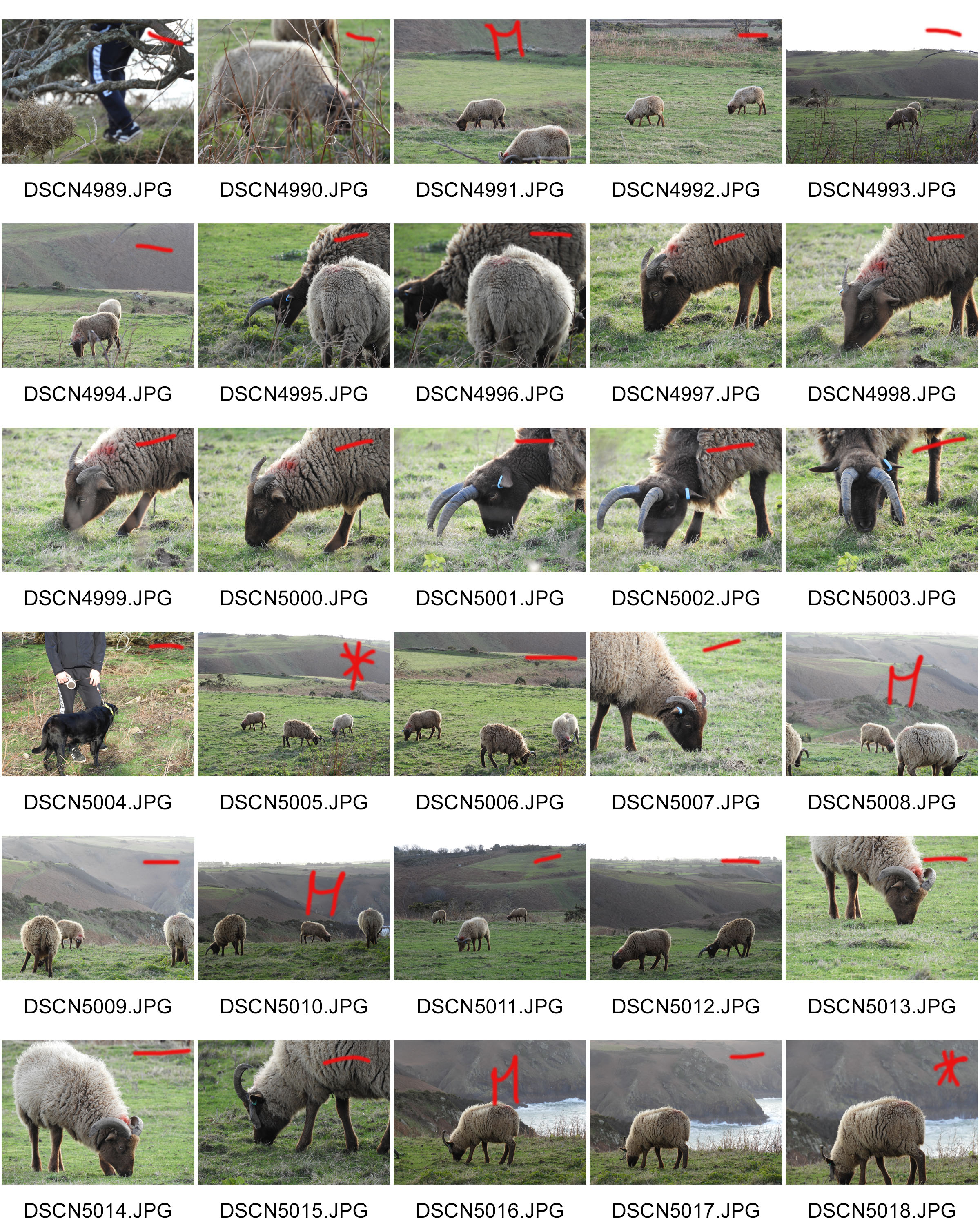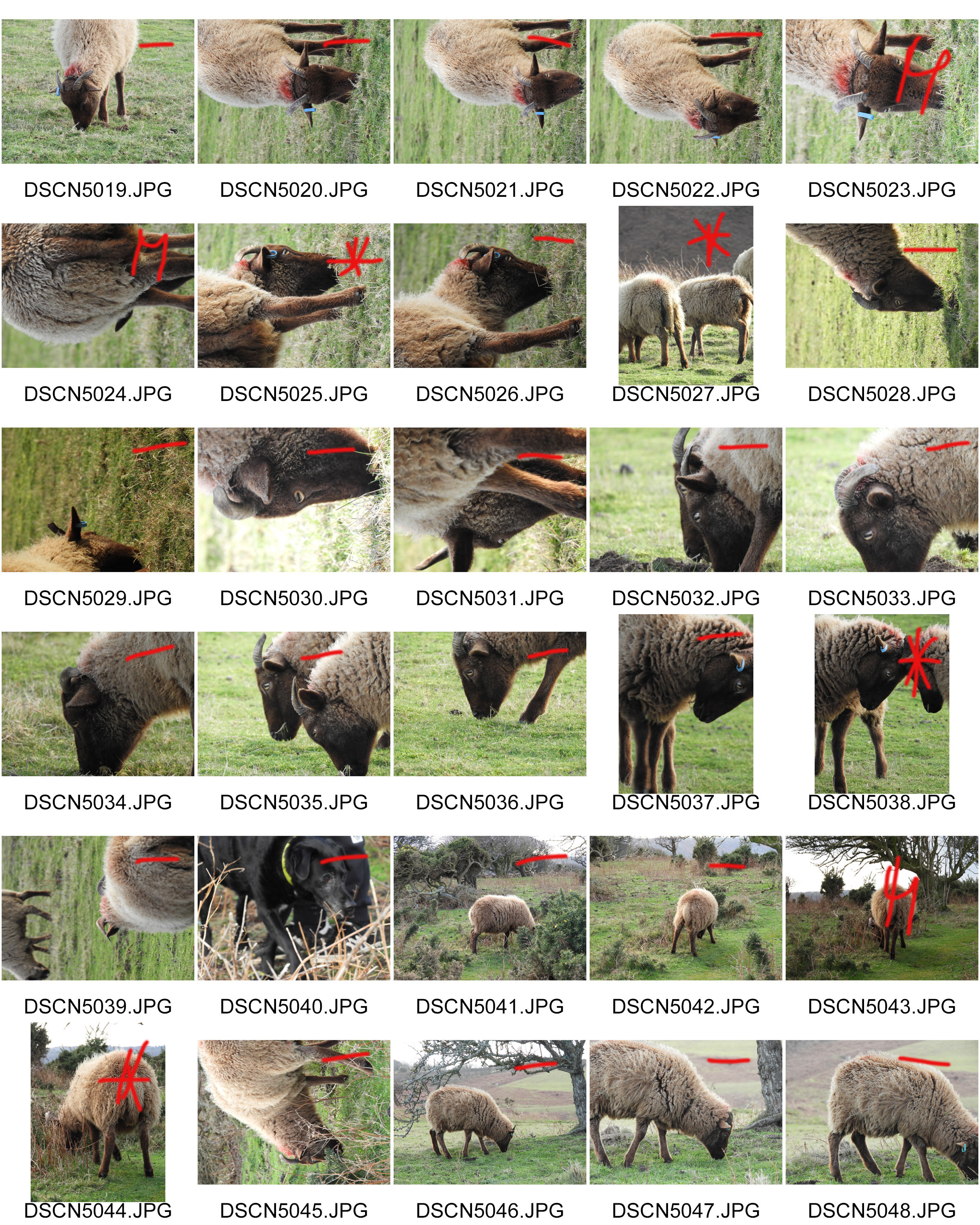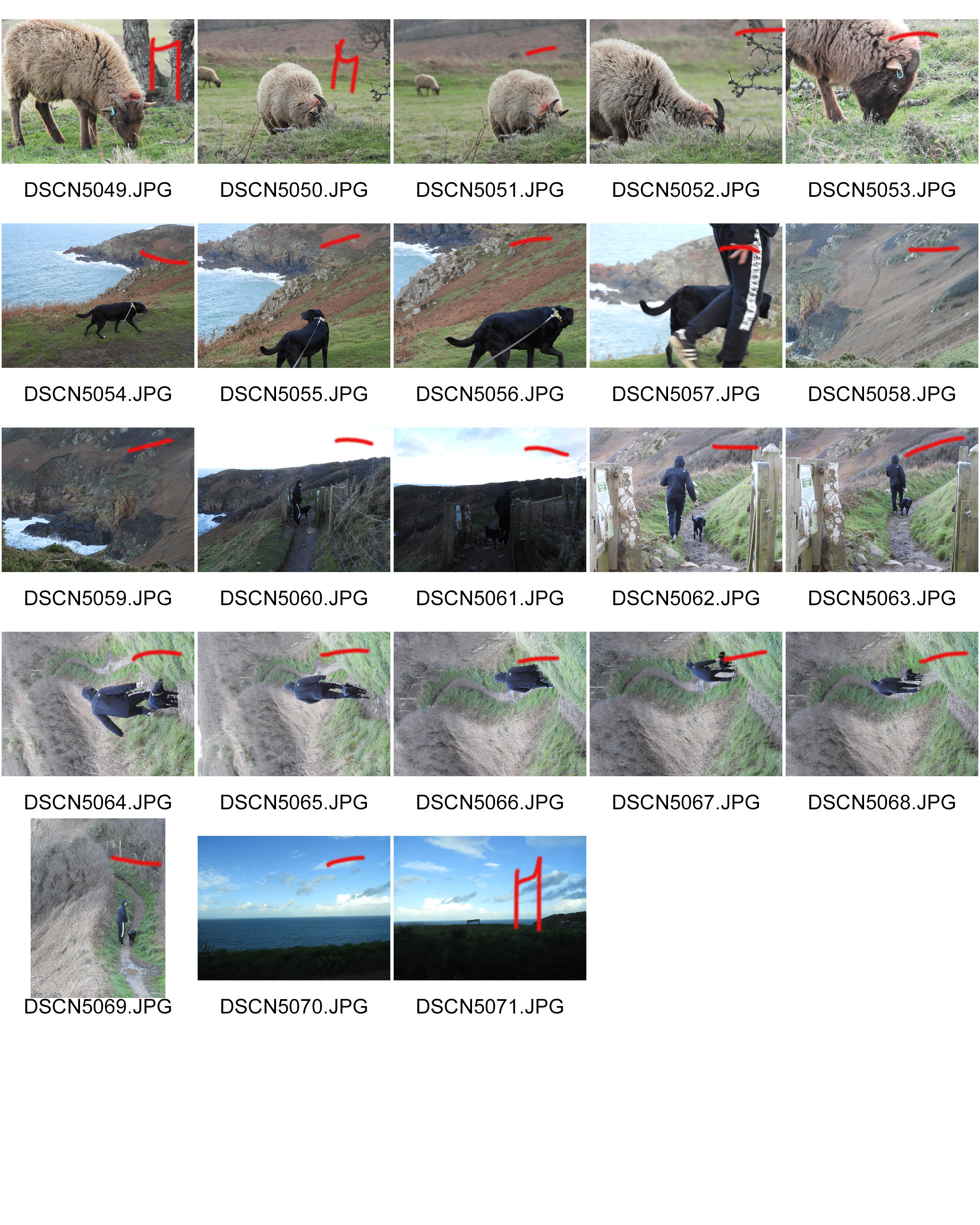HOW: I used my regular DSLR camera for this photo shoot.
WHERE:
I chose to conduct the photo shoot in an area which I find very interesting and I find myself visiting this walk over and over again due to the natural beauty it has. It is a small cliff path walk in St.John which is situated within a sheep farm, therefore whilst conducting the photo shoot, I will be able to incorporate not only the landscape but also the animals.
WHEN: In order to avoid direct sunlight I went out during the early morning to take photos, this meant that shadows were cast in different directions which provided variation. The cloudy weather conditions also meant that the lighting shifted a lot throughout the photo shoot, being very light and dark at points.
WHO: I was initially attempting to capture the pathways around Jersey, as an experimental concept, yet when I got there I captured an abundance of images of the sheep there as I found them to be quite interesting.
WHAT: This was an experimental photo shoot which was an initial idea from the title “journey’s and pathways”, there was no specific theme or subject I was attempting to capture with this shoot.
WHY: This was my initial response to the title of “journeys and pathways” project, it was a basic response to the title which fulfilled its literal meaning.
CRITICAL ANALYSIS:
VISUAL:
This photo shoot was done during 2pm in the afternoon when the sun was not directly above in the sky but shifted slightly to the right, therefore in the image we see a shadow being cast of the sheep to the left hand side of the image. The light which is cast onto the sheep is also trapped in its wool, making it have a sort of halo effect. There is an element of comedy to this image with the fact that you cannot see the faces of the sheep and only their backsides. Whilst taking this image, I zoomed in quite far in order to capture the detail in the wool. There is a distinct foreground and background in this image, the distant hill being located in the background and the sheep in the foreground.
TECHNICAL:
This was one of the most challenging photo shoots to do in my opinion due to the less than ideal weather conditions that I experienced during the shoot. At Sorel point, the cliff path walk where I did my photo shoot, the wind was extremely strong and unforgiving on the given day when I took my images. I was unable to use a tripod as during previous shoots with similar weather conditions, the set up would simply be blown away. Bulky set up like that would have also likely scared away the sheep, who I was very keen to see up close and capture pictures of.I had to crouch down for most of the shoot as this ensured that less wind was blowing against me and therefore the camera was more stable.
CONCEPTUAL:
As an initial concept, I took the literal meaning of “journeys and pathways” and took a literal journey at one of my own personal favorite places in Jersey, Sorel point in St.John. An area full of natural beauty, highlighting the beauty of Jerseys varied coastline. It was taking a trip into the beauty of natural, touching the concept of landscape romanticism.
Although its definition has been debated profusely for decades, Romanticism generally defined was an artistic and intellectual movement originating out of the late 18th and early 19th century Europe. Its movement was seen to reject the typical ideas of order, calm, harmony, balance, and idealization.
As an artistic style, it is strongly emotional, evocative of a vivid imagination. Sometimes, it actually represents the irrational emotions and subjective experiences of the artist.
CONTEXTUAL:
The sheep which reside on the pathway from Sorel point going to Devils Point are called Manx Loaghtan, a rare breed of sheep native to the Isle of Man. It is sometimes spelled as Loaghtyn or Loghtan. The sheep have dark brown wool and usually four or occasionally six horns.
The Manx Loaghtan is one of the Northern European short-tailed sheep breeds, and descends from the primitive sheep once found throughout Scotland, the Hebrides, and Shetland Islands. The word Loaghtan comes from the Manx words lugh dhoan, which mean mouse-brown and describe the color of the sheep. This breed is primarily raised for its meat, which some consider a delicacy. The meat has recently received EU recognition and protection under the Protected Designation of Origin scheme, which requires products to originate in a specific region.
The Rare Breeds Survival Trust has characterized the Loaghtan as “at risk”. By the 1950s there were only 43 surviving specimens. Manx National Heritage developed two healthy flocks. These have given rise to commercial flocks on the Isle of Man, United Kingdom and Jersey. Even so, today there are still fewer than 1,500 registered breeding females





CONTACT SHEETS:





